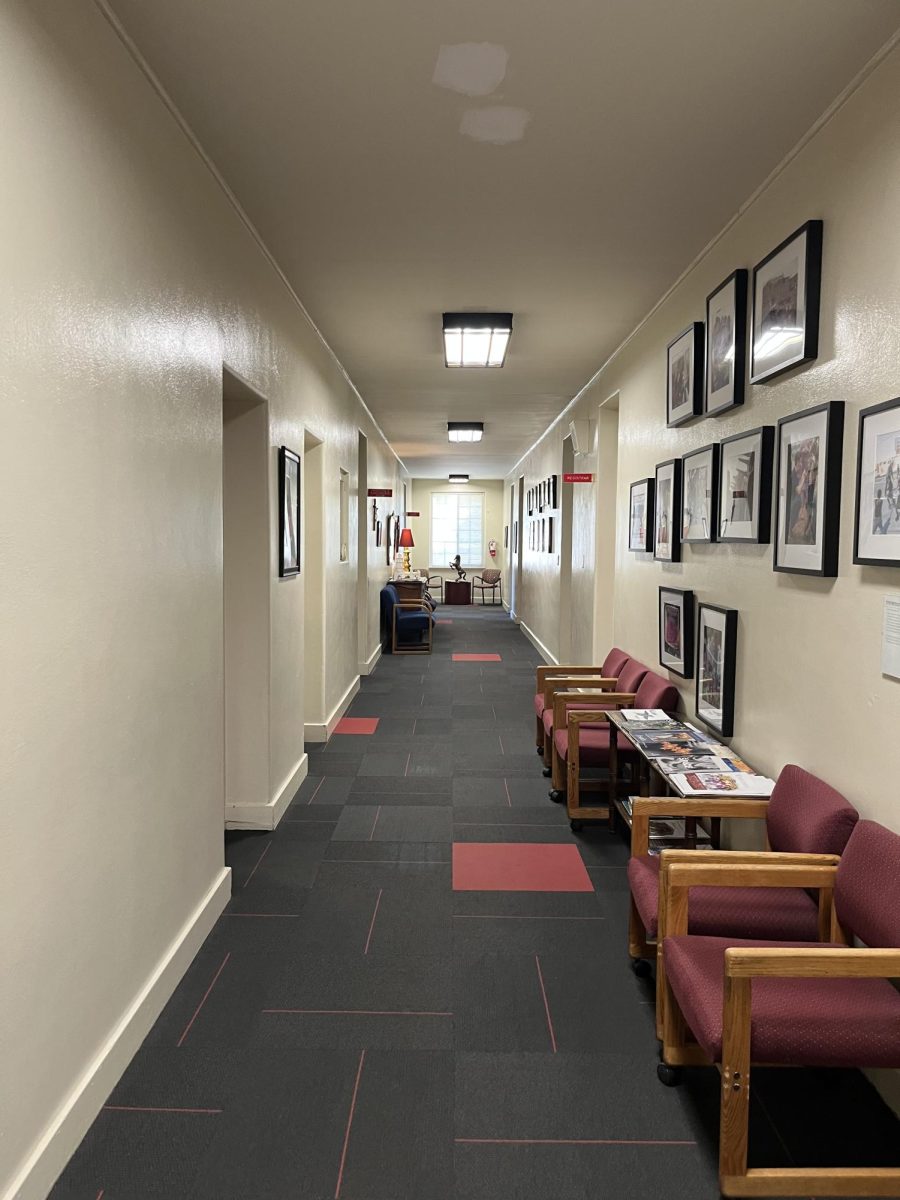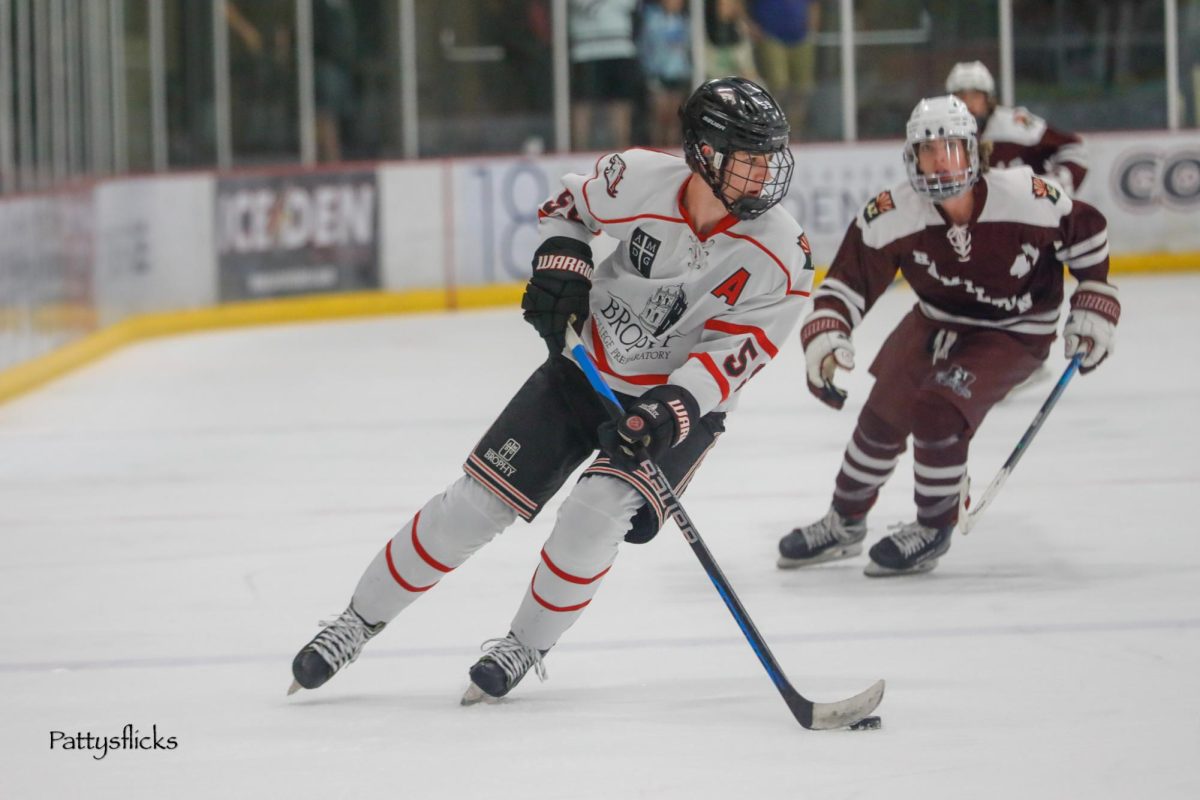By Ethan Winkler ’17
THE ROUNDUP
Inside the sports-medicine room, a group of students walk in circles, observing the many types of human bones laid across the room.
The students take turns picking up the different bones, looking at their labeled names and feeling the many carvings and grooves on the surface.
At the same time, anatomy and physiology teacher Mr. Chris White is explaining where the bones are on the body while pointing to a diagram projected on the wall. He wants to make sure that his lesson gets across to his students in any way possible.
“Your brain works and integrates information in a lot of different ways and everyone can use all of those different systems,” Mr. White said. “But some people have stronger neural activity in certain systems than others.”
That’s why Mr. White believes that it is very important for his classroom to be diverse in the way he teaches.
“Students are much more visual and tactile than they used to be,” he said. “That’s how they were raised, that’s how they entertain themselves, and that’s the area of their brain that they stimulate the most, so I always try to include those areas in my teaching.”
One of his students, Keegan Kalkman ’18, said he appreciates Mr. White’s approach to teaching his students.
He said he believes that every part of a student’s brain should be tested when trying to learn something.
“I feel the best way to get to a student is to make them use all of their senses,” Kalkman said.
He said he finds anatomy and physiology to be a refreshing class from some of his classes that are more lecture-based.
“The worst thing you can do, in my opinion, is just lecture on and on about something,” Kalkman said. “You should always keep students involved and keep them active.”
Students being bored by lectures is something that Mr. White has become very aware of over his 31 years of teaching at Brophy.
“Certainly my lessons were mostly lecture and students taking notes initially,” he said. “But now I try to do more hands on and group activities where students are interacting together.”
Upstairs from Mr. White’s room is spanish teacher Ms. Rosalinda Freeman, who is having her students learn vocabulary words through drawing and reading definitions.
She said she always tries to keep her students engaged with a wide range of daily activities.
“I think the first thing I keep in mind is how there has to be variety within the day,” Ms. Freeman said. “Within one day I’ll have them speak in groups, and then maybe go over homework, and then maybe there’ll be a competition or a game.”
She finds this variety through activities such as skits, drawings, groupwork, conversational practice and worksheets.
But something she’s learned over her 10 years of high school teaching is that students react well to moving around and being active.
“I’ve noticed that using a lot of kinesthetic activities with the students here seems to disarm them and build trust,” Mrs. Freeman said. “Teens in general by this age are so used to sitting in their seats, even if it’s just getting up a visiting with each other.”
She also knows how important utilizing all types of learning is to teaching a group of students.
“You have to hit all sorts of proficiencies,” Mrs. Freeman said. “Because otherwise you don’t access the students.”









